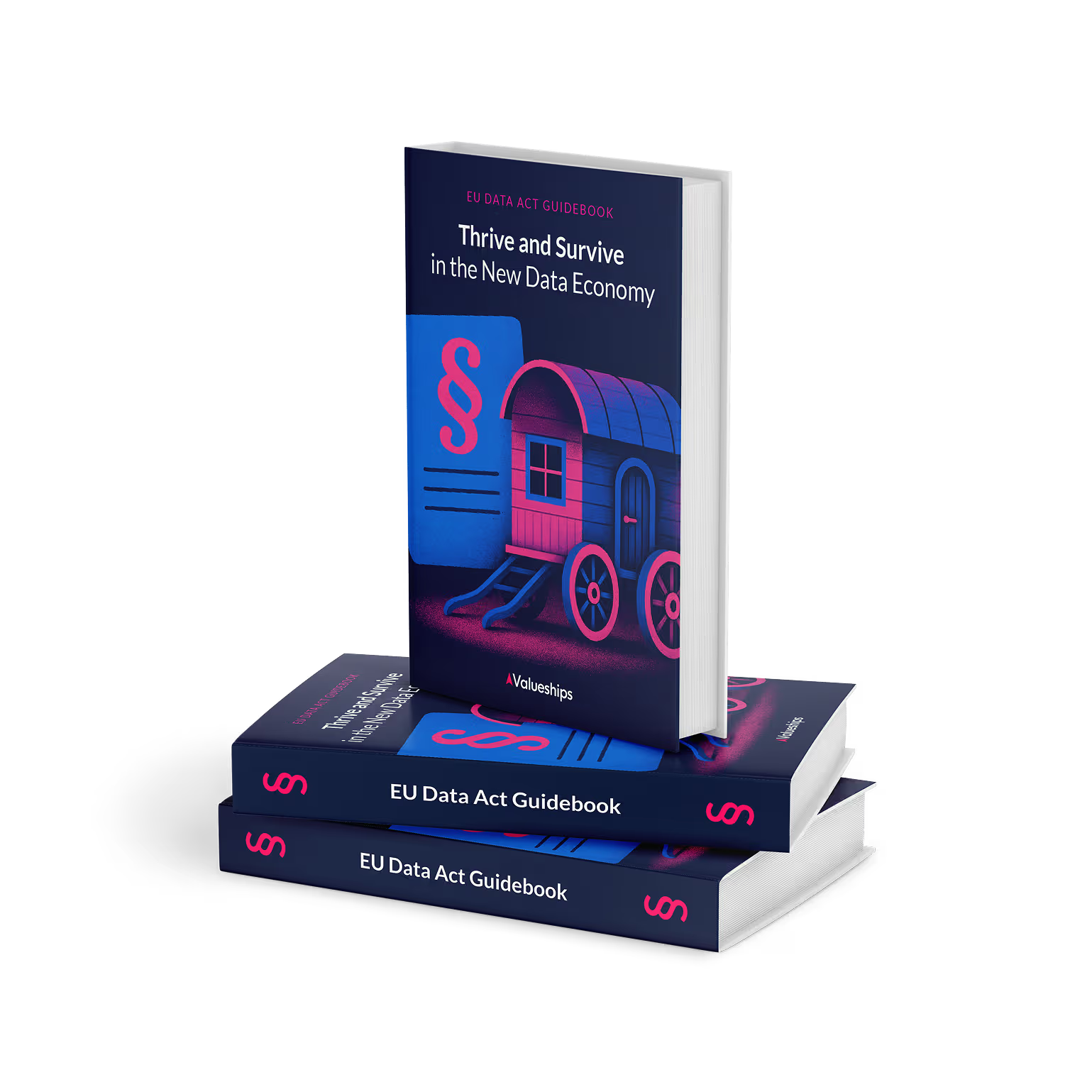EU Data Act is live. Your SaaS probably breaks it.
While competitors scramble with compliance, smart companies turn it into competitive advantage.
Ready-to-use templates and frameworks. Because the hardest part is knowing where to start.
.svg)
.svg)


.svg)
.svg)
.svg)
.svg)


.svg)
.svg)
.svg)
.svg)
.svg)
.svg)


.svg)
.svg)
.svg)
.svg)
.svg)




Yes, you can apply different pricing by market - think cost-of-living differences between Sweden and Portugal. Just make sure differences are justified by local market conditions (taxes, infrastructure costs) and are not arbitrary or unfair.
Prioritize updating contracts for new clients and plan a phased strategy for older agreements. Build a roadmap to full compliance by the transition deadlines.
No, it is not true that the Data Act only applies to IoT. While the regulation does address the IoT sector, its scope extends much further. The Data Act aims to improve data access, sharing, and portability across industries. It impacts all data generated by connected devices, platforms, and services, not just IoT. So, whether you're in software, e-commerce, or any other sector dealing with data, the Data Act will be relevant. In essence, it's about empowering customers to control their data and make switching between vendors smoother, with fewer barriers to entry.
Yes, you can price based on storage tiers as long as it’s transparent and linked to real value (like speed or performance), not as a hidden data access fee.
Prioritize updating contracts for new clients and plan a phased strategy for older agreements. Build a roadmap to full compliance by the transition deadlines.
Yes, but after January 2027, migration fees must be eliminated under the Data Act. Until then, fees should be reasonable and clearly outlined